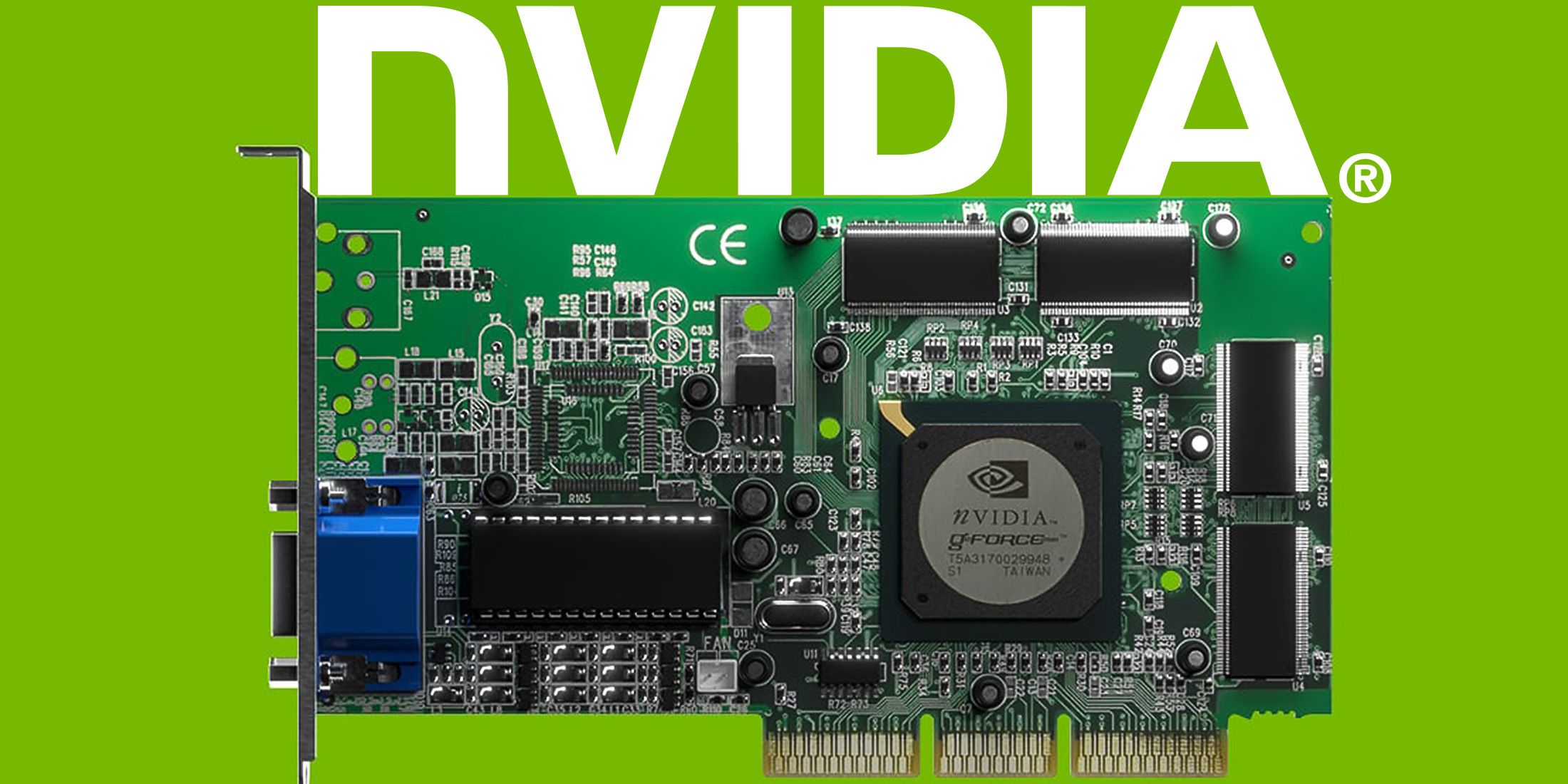Tech
NVIDIA Celebrates GeForce 256 Anniversary, Teases AI Plans

Key Takeaways
- October 11 marked the 25th anniversary of the Nvidia GeForce 256.
- Since then, Nvidia has turned into the second-most valuable company on the planet, with this meteoric rise being traceable back to the GeForce 256.
- Commemorating the jubilee of “the world’s first GPU,” Nvidia said that it intends to continue supporting the integration of AI into a wide variety of industries moving forward.
Nvidia has commemorated the 25th anniversary of the GeForce 256 with a lengthy write-up reflecting on the graphics card’s transformative role in the company’s history, as well as numerous industries. The move also saw Nvidia tease some of its future AI plans, all of which can be traced back to the seminal GPU.
The GeForce 256 was first revealed on August 31, 1999, before hitting the market on October 11. It was touted as “the world’s first GPU,” promising to offer accelerated graphics-based processing that would solve a wide variety of computational problems. Nvidia saw video games as the killer app for marketing its new product family at the time, not least because gaming was both computationally challenging and looked like it was developing into a humongous industry.
Related
Rumor: Nvidia RTX 5000 Leaks Reveal Price and Specs
A couple of recent rumors provide alleged pricing details and specs for Nvidia’s upcoming RTX 5000 series of graphics cards.
Nvidia GeForce 256 Turns 25
A quarter of a century later, Nvidia has become the world’s second-most valuable company, boasting a market cap of $3.3 trillion as of October 2024, which puts it above technology giants such as Microsoft, Alphabet, Amazon, and Meta Platforms. Its meteoric rise can largely be traced back to the GeForce 256, which marked the first visible result of the company’s long-term bet on dedicated graphics processing units. Nvidia Director of Marketing John Fenno said as much in a recent blog post celebrating the 25th anniversary of the GeForce 256, noting how Nvidia GPUs were eventually found to be capable of handling the “immense processing needs” of deep learning computing that previously required supercomputers, which happened circa 2011.
This discovery, combined with the mass-market nature of the company’s hardware, ushered in an era of rapid AI advancements. The growing need for Nvidia GPUs among data scientists and AI researchers informed the company’s engineering priorities, as underlined by the fact that its modern graphics cards are specifically designed to handle a wide variety of deep learning tasks. This shift started in 2018, when Nvidia launched the GeForce RTX 20 Series, its first lineup of GPUs with dedicated Tensor and RT Cores geared toward handling AI and real-time ray tracing workloads, respectively.
GPUs are not just enhancing gaming but are designing the future of AI itself.
Nvidia’s artificial intelligence foray continues, with Fenno noting that the company’s present-day “GPUs are not just enhancing gaming but are designing the future of AI itself.” The tech giant hence intends to continue supporting a wide variety of industries that are currently in the process of integrating AI into the very heart of their businesses.
As for what’s next for the Santa Clara-based GPU maker, the company is soon expected to unveil the GeForce RTX 50 Series of graphics cards. According to recent reports, its fourth generation of GPUs with RT and Tensor Cores is likely to be officially unveiled in January 2025, during the next edition of the Consumer Electronics Show (CES) in Las Vegas.

Nvidia
- Date Founded
- April 1, 1993
- Headquarters
- Santa Clara, California, United States
- CEO
- Jensen Huang
- Subsidiaries
- Mellanox Technologies , Cumulus Networks , NVIDIA Advanced Rendering Center








